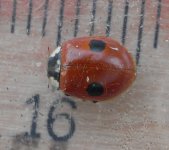paul mabbott
Urban space man
They're quite common nowadays: especially at light traps. they are one of the few ladybirds regularly flying at night.
This is the first time I've looked in this thread, I'll need to have a good troll through it!
Anyway, the other morning while checking my moth trap I noticed a tiny Ladybird, did some research and Id'd it as an Orange Ladybird - a first for me...:t:




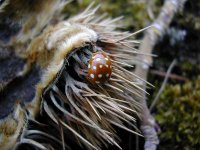
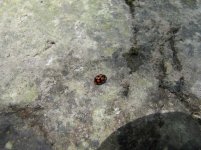

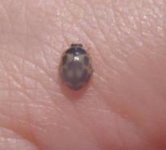
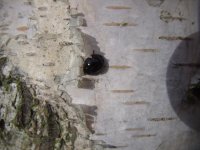
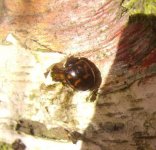
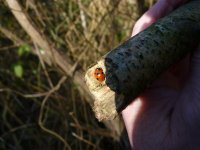
![P1120245 [].JPG](/data/attachments/285/285839-d4aee15427b2f24fbd11e93ca3b022d3.jpg)

